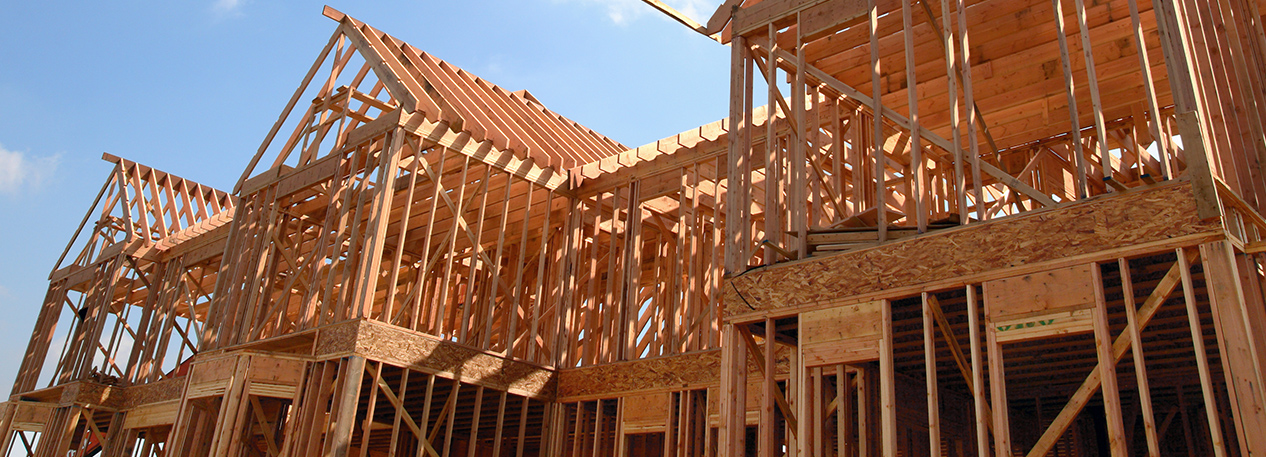Homebuilding is typically a casualty of economic downturns, but it is also true that most economic recoveries are built upon a resumption of pounding hammers and buzzing blades. Not so with the recovery from the Great Recession. After new home construction slowed dramatically in the recession, the sector not only failed to lead the overall recovery as usual but significantly lagged it. Even now that overall economic growth and employment have largely resumed growing solidly, homebuilding and construction employment levels remain far below normal in Pennsylvania, New Jersey, and Delaware as well as in the nation.
Why? What was different this time? The housing boom and bust significantly altered key dynamics in the housing sector that have yet to resolve. Mortgage delinquencies and foreclosures soared to their highest rates since at least the Great Depression, and though they’ve fallen somewhat, they remain atypically high. The housing bust and the severe recession it spawned also reduced the financial wherewithal of many individuals and families, changing attitudes and behaviors enough to lower household formation rates and create a greater propensity to rent rather than own.
Drawing on economic data, research by the Federal Reserve and others, news accounts, and conversations with numerous homebuilders, this article reviews how the housing boom and bust influenced the weak recovery in new home construction and total construction employment, focusing mainly on the three Third District states served by the Philadelphia Fed.1
This article appeared in the Second Quarter 2015 edition of Business Review. Download and read the full issue.
[1]In this report, construction employment for the three states includes logging and mining workers in Delaware, which reports these sectors together, but the number of mining and logging jobs is too small to have a substantive impact on these results. The mining category includes logging.
View the Full Article
